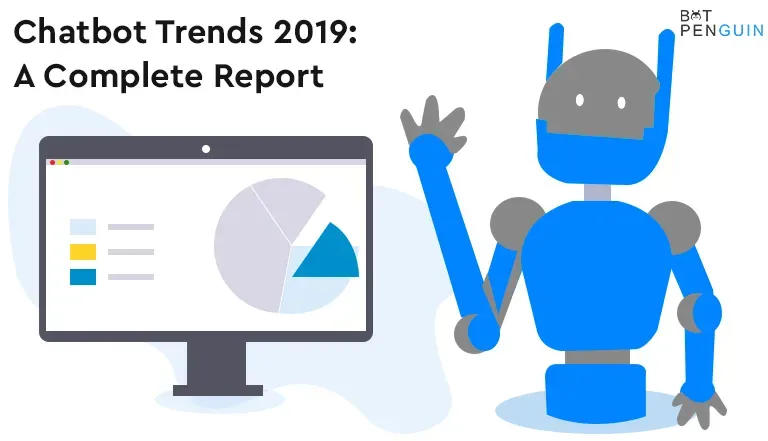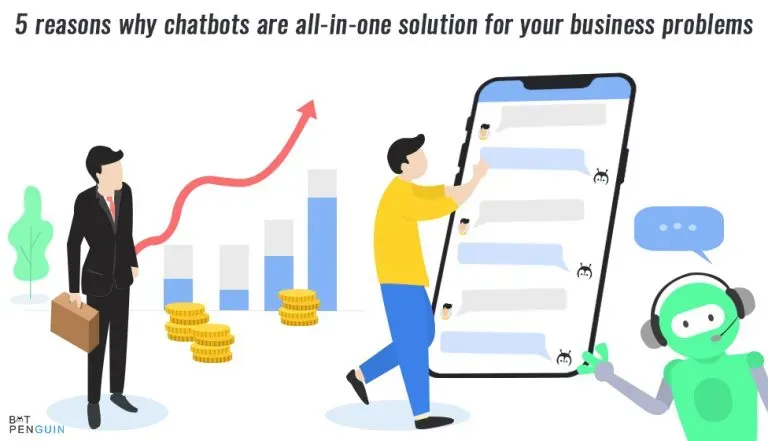Introduction
All of today's AI chatbots are in a state of transformation. Some businesses still rely on outdated models that can only deliver pre-programmed responses.
They have evolved into the image that most people have in mind when they hear the term "chatbot," frequently with a negative connotation.
Lates chatbots are capable of more sophisticated interaction must deliver top-notch performance.
Chatbots and AI are forever changing due to natural language processing (NLP). They can interpret spoken and written communication and provide truthful responses.
While AI chatbots are still not on par with humans, they are now significantly more advanced than earlier versions.
Top chatbot trends to watch out for
NLP chatbots
Businesses are studying Natural Language Processing (NLP) to respond to consumer inquiries accurately. The objective is to make it possible for users and artificial intelligence to interact organically and comprehend complicated demands.
It would allow customer support representatives to concentrate on other duties while the AI handles consumer inquiries.
Bots for internal business communication
We can use chatbots for various duties, such as solving common issues, responding to consumer inquiries, interacting with staff members, and completing transactional and HR-related tasks.
In the modern workplace, chatbots for websites are becoming more and more prevalent. They can serve in various capacities, including guiding new hires through business procedures, recording responses to screen questions, and helping with onboarding new hires.
For IT desk agents, chatbots can speed up the process and assist with trickier problems.
Chatbots help businesses enhance customer service
Businesses increasingly use voice search and text-based messaging services to interact with their target audiences.
As Consumers' attention spans shorten, they seek quicker ways to consume information.
Chatbots bring a human touch
More and more industries are using chatbots. They can interact with your target market by speaking to them in full words that flow naturally and casually. Customer service and retail are a couple of the markets that these bots cater to.
What's next for chatbots?
Conversational AI
Already popular is conversational AI. The global market will develop at a compound annual growth rate of 22% from 2020 to 2025. The CAGR is probably going to be considerably greater in the 2030s.
With better NLP and deep learning, conversational AI's capabilities are further expanded due to this investment.
Conversational AI will probably become more accessible and affordable through innovation, enabling greater usage. Additionally, as usage and popularity increase, training will become simpler. The fact that modern AI chatbots are still expensive to train is one of their key problems. Process improvements will lower the cost of complex conversational versions.
New applications
The most well-known application of AI chatbots is in customer support. Over the next ten years, innovations and improved technology will enable many new uses.
These developments will particularly help businesses. For instance, emerging AI chatbots with superior translation capabilities could assist businesses in expanding internationally and enhancing global customer care. Since sophisticated translation AI has been developing for years, this particular innovation may soon become widely used.
Similarly, AI chatbots will probably spread throughout the world's human resources offices.
The transition from customer service to employee service bots is simple. Also soon to gain popularity is HR variants. They might advance in staff training, IT support, and administrative aid.
Growth through social media
When talking about AI chatbots, social media may not be the first thing that springs to mind. However, it contributes significantly to raising consumer awareness of these bots.
In 2017, there were 100,000 active bots on Facebook's Messenger app. There is little doubt that the number has increased since then.
While some AI chatbots are designed with customer service in mind, others are just fun, free-to-use models that users converse with. They might not be pushing the boundaries of AI technology, but they are essential to changing how people view it. For use in therapy or teaching, for instance, we might introduce more advanced chatbots on social media.
Better security
Never before has cyber security been more crucial. Cyberattacks of all kinds, particularly ransomware and phishing, increased dramatically in 2021. AI chatbots are not immune to the risk posed by these assaults. In actuality, strengthening consumer defenses is essential to boosting customer trust.
In providing customer assistance, AI chatbots frequently gather personal data, including payment information. Future versions of these bots will put security first. It becomes much more crucial with speech chatbots, such as those found in smart speakers. The public has to be assured that these gadgets won't save or compromise any private information.
Greater transparency
Consumer perception of AI has declined in recent years due to the problem of biased data. For instance, when Amazon shut down its hiring AI after realizing the algorithm was prejudiced towards female candidates, it generated news. This is the outcome of discriminatory AI training gone bad. Unless they have been used for a time, these biases in traditional AI models are hard to spot.
For these chatbots to be successful, consumers must be confident that AI is reliable. Based on specific personality traits, some people might be afraid of receiving subpar service. Some people could be concerned that it would compromise their data. Fortunately, new developments in AI technology are tackling the transparency problem.
Conclusion
The past few years have demonstrated chatbots' tremendous growth potential and ability to provide unexpected results. As a result, chatbots have become a crucial component of online customer support and will do so in the future. By 2026, the chatbot market will be worth 10.08 billion US dollars, according to a Reports and Data report.
Chatbots are already demonstrating the possibilities for users and businesses today. But what lies in store for us over the coming few years?
Chatbots will develop further in the modern AI era and better anticipate customer wants. As a result, they will become more productive and tailor their work to the individual.
Check out BotPenguin, a chatbot tool that helps you create AI-powered chatbots that can drive sales, engagement and deliver great customer support.


